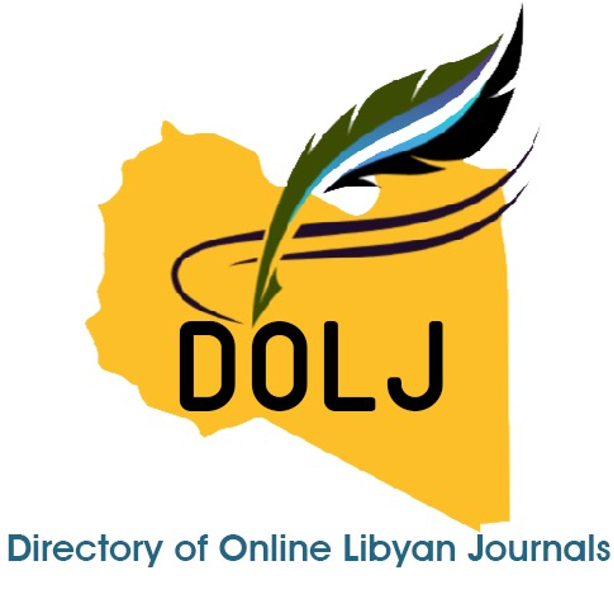Morphometric characteristics of Monascus filiformis (Rudolphi, 1819) (Digenea: Fellodistomidae) of Nemipterus furcosus from the South China Sea
DOI:
https://doi.org/10.36602/jsba.2022.14.24Keywords:
Marine fish Parasites, Digenetic trematodes, Fellodistomidae, South China Sea, Malaysia - Terengganu coastAbstract
This study is based on three specimens of Monascus filiformis (Rudolphi, 1819) Looss, 1907 collected by R.M. Elshawesh of marine fish from the South China Sea. All these specimens were from 369 Nemipterus furcosus (Nemipteridae). The parasite was described originally by Rudolphi (1819) as Distoma filiformis from the intestine marine teleosts. A detailed description of M. filiformis is being presented in this paper in order to amplify the exceedingly brief diagnosis, with one figure, by Rudolphi. The worms of this study were fixed in 70% ethyl alcohol, stained in alum-carmine, and mounted in balsam. Dollfus (1947) has presented a brief historical account of the genus Monascus Looss, 1907. The parasite (M. filiformis) is reported here for the first time from the Malaysian coastal waters of the South China Sea.
References
1. Loker, E., & Hofkin, B. (2015). Parasitology: A Conceptual Approach. Garland Science, ISBN 978-0-8153-4473-5, New York and London, (pp.559).
2. King, R. C., Stansfield, W. D., & Mulligan, P. K. (2006). A dictionary of genetics: 7 th edition.Oxford University Press.
3. Smyth, J. D., & Halton, D. W. (1983). The physiology of trematodes: 2nd. Ed. Cambridge University Press, New York ,United States of America. (pp. 446).
4. Hazen, T. C., & Esch, G. W. (1978). Observations on the ecology of Clinostomum marginatum in largemouth bass (Micropterus salmoides). Journal of Fish Biology, 12(5), 411- 420.
5. Mandal, F. B. (2015). Human parasitology: 2nd. Ed. PHI Liearning Privat Limited, ISBN-978-81-203-5115-8, delhi, india.
6. AL-Bassel, D. A. (1997a). A general survey on the helminth parasites infecting some fishes from the Mediterranean Sea in Libya. J. U. Arab Biol.,2: 167-175.
7. AL-Bassel, D. A. (1997b). A review of the trematode genera Haplosplanchnus Looss 1902 and prohaplosplanchnus Tang and Lin, 1978 from mullet in Libya. Egypt J. Aquat. Biol. fish., 1: 379-395.
8. Farooqi, H. F. and Swehli, A. I. (1997). The Occurrence of Anisakis sp. Larvae in some marine fishes of Libyan waters, Zool., Sci., Al-Fateh Univ., Tripoli-Libya J. Bas. and App. Sci. 93-99.
9. AL-Bassel, D. A. (1999). A new host and locality records of the two trematodes Gymnotergestia chaetodipteri and Opechona sardinellae described by Nahhas and Cable 5224 with review of the two genera. J. Egypt. Soc.Parasitol., 29: 831-840.
10. AL-Bassel, D. A. (2000a). A new species of the genus Tergestina, Nagaty and Abdel-Aal 1964 and re-description of Monorchis monorchis (Stossich, 1890) Looss 1902 from marine fish in Libya. Egypt J. Zool., 35: 223-233.
11. AL-Bassel, D. A. (2000b). On Myorhynchus pritchardae and Podocotyloides chloroscombri (Digenea: Trematoda) described from new hosts from the Mediterranean Sea in Libya. Vet. Med. J.,Giza, 48: 247-252.
12. AL-Bassel, D. A. (2001a). On Propycnadenoides naffari n. sp. and proctoeces sp.from Mullus surmuletus and Serranus scriba from
the Mediterranean Sea in Libya Bull. Fac. Sci.Assiut. Univ., 30: 15-20.
13. AL-Bassel, D. A. and EL-Damarany, M.(2001). On Infundibulostomum anisotremi and Hystcrolecitha sogandaresi (Dagnia-Trematoda) re-described from the fish Mullus surmuletus from the Mediterraneaen Sea in Libya. J. Zool. Egypt Ger. Soc. 36: 141-151.
14. AL-Bassel, D. A. (2001b). Acanthocolpoides libyacus n. sp. and Stenopera equilata from Mullus sermuletus and Labrus bergylata from the Mediterranean Sea in Libya. J. U. Arab Biol., 15:123-131.
15. Gibson, D. I., Jones, A., & Bray, R. A. (2002a).Keys to the Trematoda, vol. 1: CAB International Cambridge, Wallingford, pp. 521.
16. Manter, H. W. (1947). The digenetic trematodes of marine fishes of Tortugas, Florida. American Midland Naturalist, 257-416.
17. Weesner, F.M. (1968). Microtechniques as general in zoological reseach. The Indian Press. Pvt. L. D. India.
18. Yamaguti, S. (1971). Synopsis of Digenetic Trematodes of Vertebrates. Tokyo. Keigaku. Publ., 1074.
19. Gibson, D. I. (2002b). Family Hemiuridae Looss, 1899. In: Keys to the Trematoda Vol. 1.Gibson D.I., Jones A., Bray R.A. (eds.), CAB International Cambridge, Wallingford, pp. 307-308.
20 Bray, R. A. (1990). A review of the genus Parahemiurus Vaz & Pereira 1930 (Digenea: Hemiuridae). Systematic Parasitology 15, 1-21.
21. Sahai, D. & Srivastava, D. D. (1977).Trematoda of Indian fishes. Part 1. Two new genes of hemiurids (Subfamily Hemiurnae Looss, 1899). Proceeding of the National Academy of Science of India 47, 7-12.
22. Cribb, T. H. (2019). Review of “Digenetic Trematodes of Indian Marine Fishes” by Rokkam Madhavi and Rodney Bray. Parasites Vectors 12,
314.
23. Abdelsalam, M., Korany, R. M. S., & Mahdy,O. A. (2021). Characterization of digenetic trematodes infecting African catfish (Clarias gariepinus) based on integrated morphological, molecular, histopathological, and immunological examination. Parasitol. Res. 120, 3149–3162.
Downloads
Published
How to Cite
Issue
Section
License
Copyright (c) 2022 2-4

This work is licensed under a Creative Commons Attribution 4.0 International License.














